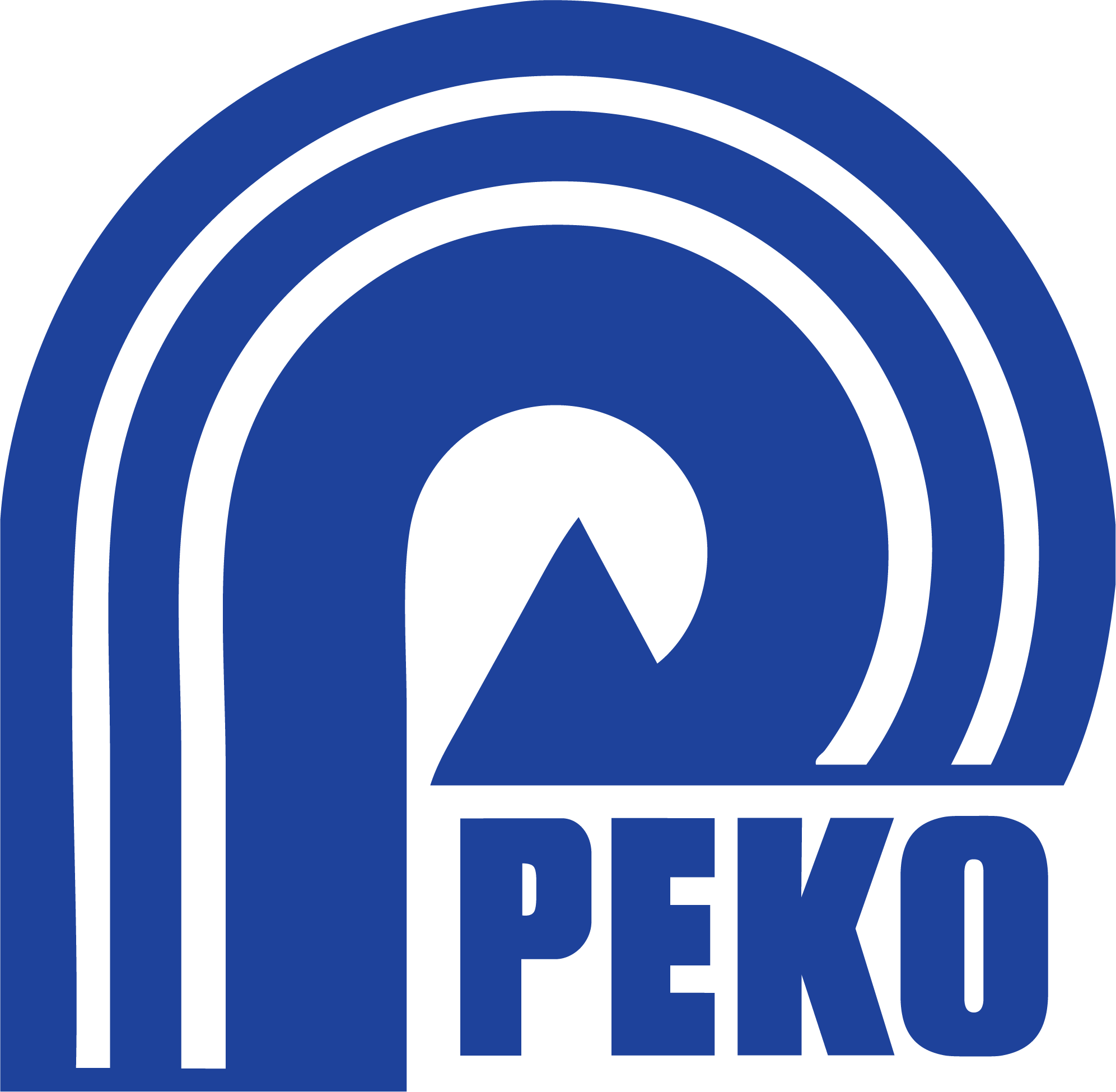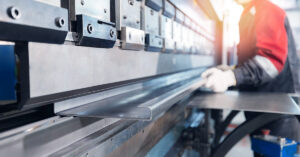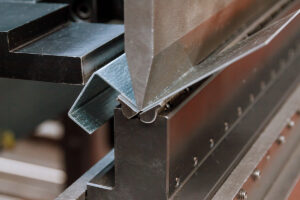I get asked all the time how much certain equipment or machinery will cost, but the truth is that the total cost of equipment contract manufacturing can vary greatly from project to project. Getting to the answer to this loaded question can take as long as 2 to 4 weeks to come up with. Here’s a primer on what it takes to price out equipment manufacturing projects, and some common methodologies we use here at PEKO to achieve estimated equipment manufacturing costs.
Estimating Costs Using Profit Margins
Every company  needs to make money, including contract equipment manufacturing companies. There are plenty of ways for companies, both private and public, to measure how much money they’ve made. Of course, most companies are interested in the bottom line, or net earnings. But especially in manufacturing, the number we like to look at is our gross profit, and similarly, gross margin (or just margin for short).
needs to make money, including contract equipment manufacturing companies. There are plenty of ways for companies, both private and public, to measure how much money they’ve made. Of course, most companies are interested in the bottom line, or net earnings. But especially in manufacturing, the number we like to look at is our gross profit, and similarly, gross margin (or just margin for short).
Gross profit is the difference between the sell price and the cost of goods sold (COGS), which includes direct costs of materials and labor to build the equipment. Gross profit is the first indicator of bottom-line earnings and once the gross profit is determined, other expenses like SG&A and taxes are subtracted to get net earnings.
Gross margin is the ratio of the profit to the total sales price. At a project level, program managers concern themselves with margin because the labor and materials are more in their control than SG&A and taxes are. Making their margin is one of the key metrics of program manager performance at an equipment manufacturing company.
For reference, costs that are not counted in the gross margin are depreciation, overhead, taxes, amortization, and more. Deducting such costs is what gives you net income, or “the bottom line”.
Estimating Costs Using the Target Costing Method
The target costing approach is used when companies set targets for costs on the sale price and expected margin. The target costing method is a common way to calculate the cost of equipment manufacturing in most normal job-type scenarios that are within their normal conditions.
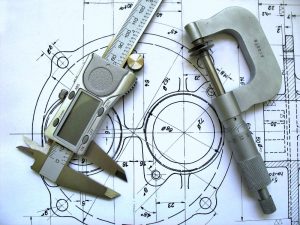 Companies work hard to keep their costs in check during the job so they “make rate”, which is another way to say they completed the job within the allotted budget. This is the type of estimate you’d expect from most equipment companies when the project fits within their normal conditions.
Companies work hard to keep their costs in check during the job so they “make rate”, which is another way to say they completed the job within the allotted budget. This is the type of estimate you’d expect from most equipment companies when the project fits within their normal conditions.
Like any other method, cost = sell price – gross profit. The margin is the ratio of the difference compared to the sale price. An equipment manufacturing company will give you an estimate based on their estimates of the job.
The pricing methodology here is easy as well. The cost of the machinery is estimated by the following formula and rates:
Cost of Equipment Manufacturing = ((Cost of Purchased Components) x (1 + Markup %)) + (Assembly Hours x Rate) + (Internally Sourced Components x Quantity per Machine) + (Testing Hours x Rate) + (Packaging x Rate) + Shipping
Purchased components are typically standard COTS items like motors, drives, bearings, hardware, servos, power supplies, and the like. Even custom manufactured components if they are purchased from outsourced vendors.
Estimating Costs Using the Cost-Plus Method
The cost-plus method is a method of pricing that simply puts a markup across all the COGS items (materials and labor) to achieve the expected margin. This method is great for unknown costs in many industries, so as the project progresses at an unknown cost, you can simply add your markup to guarantee that margin is achieved.
Cost of Equipment Manufacturing = Cost of COGS x (1 + Margin %)
For example, as the project progresses and you’ve spent $100,000 in COGS, and you wanted to achieve a 20% margin, you’d simply multiply $100k x (1+25%) = $125k. Let’s see what happens.
($125k-$100k)/$125k = 20%, margin achieved.
In this model, it is important to know that some costs are unknown at the beginning of the project and thus are marked up later so the bottom line remains intact.
 Another way to estimate your equipment manufacturing costs is using the cost-plus method for higher annual volumes, especially with a higher-than-normal purchase content (say, over 50%). What you can then do is create a pricing schema that is simple but takes into account all the components of the program, including SG&A. You can treat the program as its own business line and apply a separate SG&A function.
Another way to estimate your equipment manufacturing costs is using the cost-plus method for higher annual volumes, especially with a higher-than-normal purchase content (say, over 50%). What you can then do is create a pricing schema that is simple but takes into account all the components of the program, including SG&A. You can treat the program as its own business line and apply a separate SG&A function.
The estimate can be achieved by creating a mock income statement that accounts for real estate, electricity, program manager salary, etc. The high volumes justify this costing method since common resources are utilized across the entire program. What I like to do here is similar to the above calculation, but with a fixed estimate and using the volumes to amortize to get unit cost. Each line gets divided by the EAU and then all lines are summed up to get the unit cost. Once the unit cost is estimated, the appropriate markup is simply added to the cost to achieve the margin.
This price is usually fixed in the contract before the purchase order is placed. Ultimately, it is up to the equipment manufacturer to ensure they make their margins are being met by cautiously keeping costs in check.
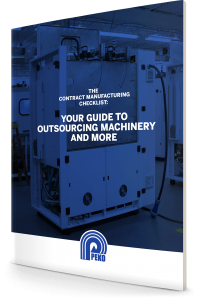 As you can see, there are plenty of ways to the top of the mountain. Depending on project type and project size, equipment manufacturing costs can be generated in a host of ways, and even hybrid models of those above.
As you can see, there are plenty of ways to the top of the mountain. Depending on project type and project size, equipment manufacturing costs can be generated in a host of ways, and even hybrid models of those above.
In a later article, we will take a more comprehensive look into contract manufacturing costs with a deep dive into non-recurring engineering (NRE), tooling, and minimum buy requirements.
For now, chances are you can get a pretty good estimate of your equipment manufacturing costs, especially if you already have a costed bill of materials (BOM) and contract manufacturing rates.
If you’ve got some new machinery you need to be built, use our complimentary Guide to Choosing a Machinery and Equipment Contract Manufacturer to help you decide on the best pick for your business.
